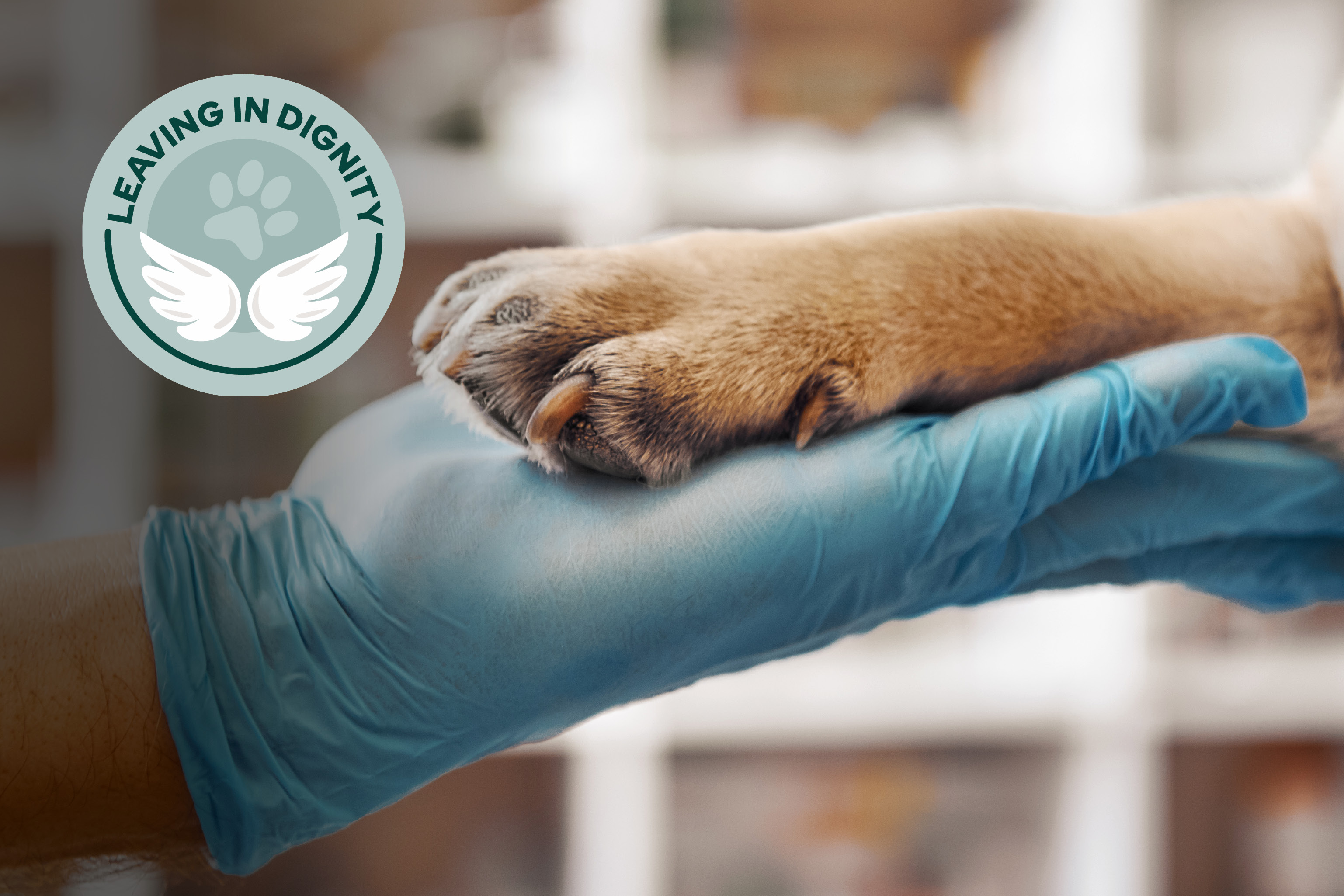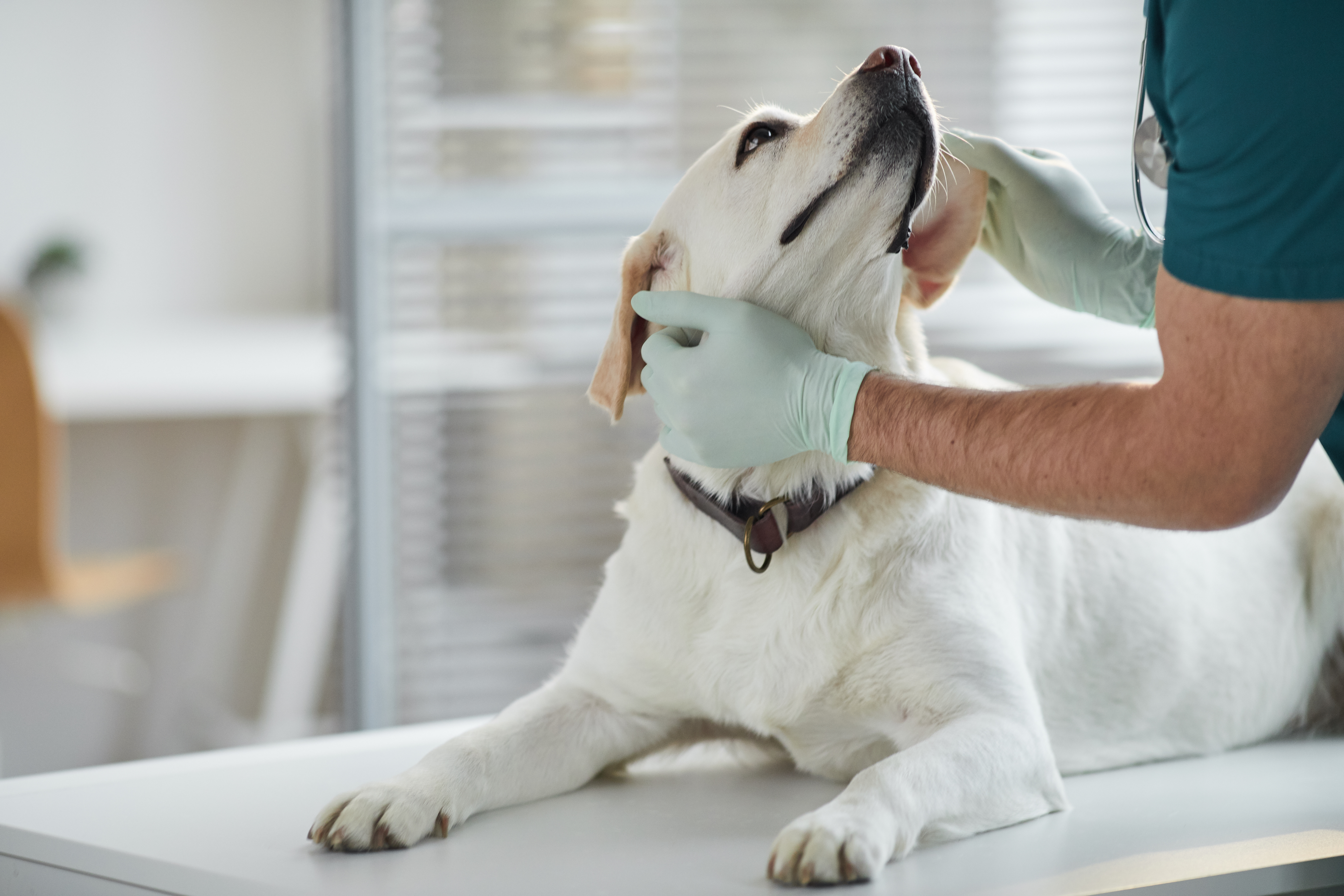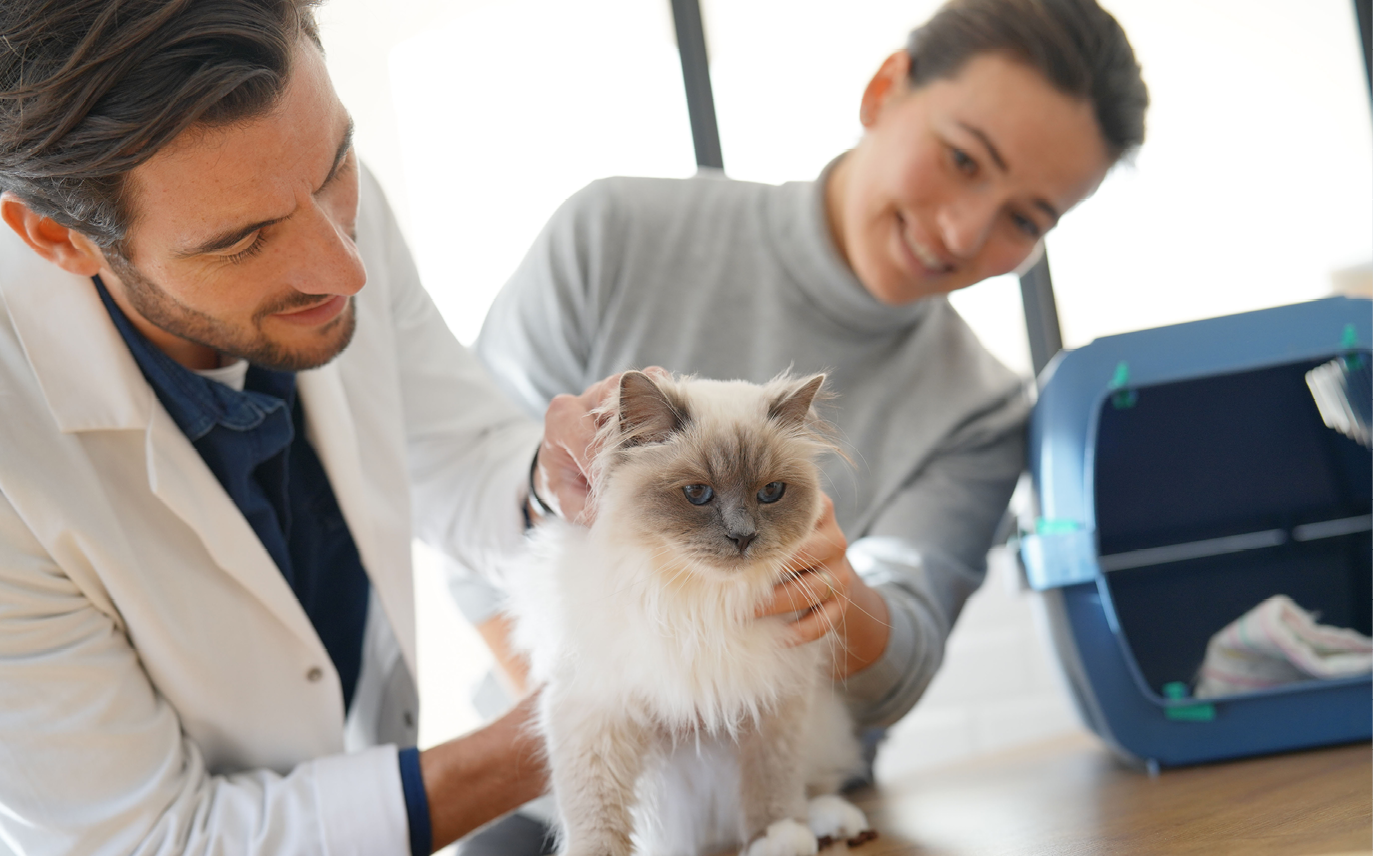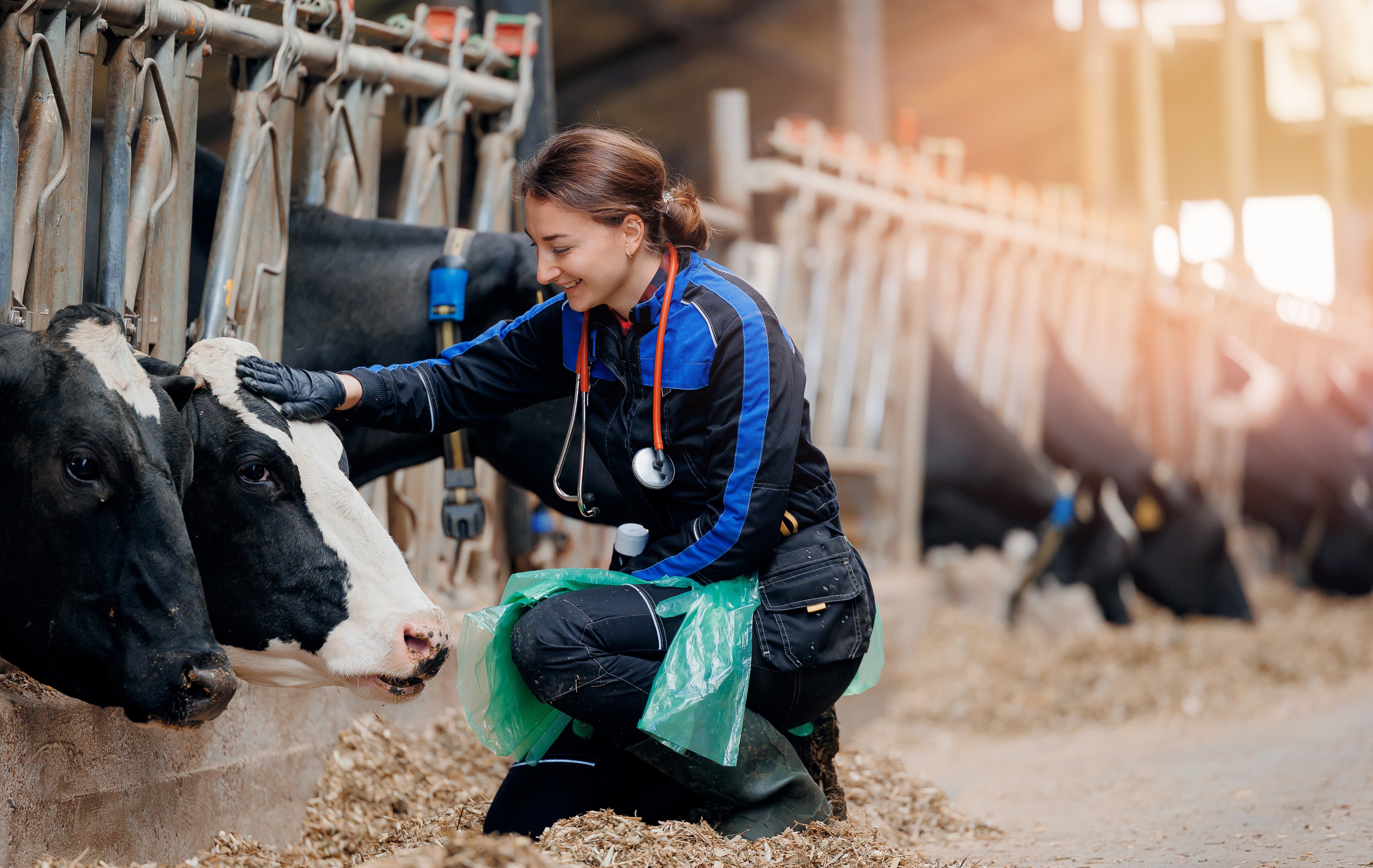
Modernize euthanasia in 5 ways
Guide for an ethical and empathetic practice
![]() Published on June 25, 2024
Published on June 25, 2024
Powered by

Veterinary medicine is evolving rapidly, whereas euthanasia remains frozen in time. Due to a lack of training our teams’ curriculum, we must improvise and improve through experiences, good or bad.
Here are some tips to make it a better experience for the families and for the veterinary team.

1. Deep sedation to take the pressure off
Anticipating unpredictable reactions from the animal and the family is a definite source of stress. Using deep, surgical-plan sedation with a complete absence of reaction from the animal is a simple solution to apply that many still do not use. About 25% of veterinarians still do not give pre-euthanasia sedation although AAHA, AVMA, HABRI and CAETA recommend it.
The use of multiple molecules reduces the side effects and their potential. The mixture of alpha2 agonists, dissociative, opioids and acepromazine to prevent nausea is an affordable solution that will calm the animal and in turn, the family. The animal will appear to be asleep, breathing deeply and no physical reaction to subsequent manipulations. Adverse reactions such as muscle fasciculations or apneustic breathing will also be reduced. Preparing a pre-mix diminishes the stress of dose calculations and saves time. The free RACE-approved training course “Oral and Injectable Pre-euthanasia sedation protocols”1 provides several options including oral protocols for reactive animals. Another way to reduce stress and protect our team from unnecessary serious injuries.
2. Knowledge is power
What’s terrible in the veterinary field is to feel like an impostor. This is often the case with euthanasia due to lack of training.
In a 2021 study in Brazil, 78% of 234 veterinarians, 83% of whom had completed their studies between 2006 and 2021, considered that they had not had any training related to euthanasia2. Same observations in New Zealand.
It is therefore the responsibility of veterinary clinics and hospitals to train their team. Training can lead to feel compassionate satisfaction, a concept developed by Dr. Kathy Cooney, the veterinary end-of-life KOL and founder of the Companion Animal Euthanasia Training Academy (CAETA). It is the feeling experienced by caregivers when they know they have done everything in their power to support the family and the animal in this ordeal.
3. Protecting dignity
A survey of 1938 pet owners done in the US in 2020 showed that for only 15.6% of participants, plastic bags use was acceptable for the disposal of their pet's remains 3. The AVMA in its Companion Animal Aftercare Policy4 states:
"Deceased animals, where possible, should be maintained in a state presentable to the owner or care provider so that the family can attend the disposal." 5.
Now that affordable options to cadaver bags are available, it can be either included in the service or discussed with pet owners. More dignified, practical and hygienic, these solutions appease not only the family but also the veterinary team who feel in tune with the family and practice standards.

4. Involving the family
The decision to euthanize is one of the most heartbreaking decisions in life. Families need to be guided for this ordeal. Tools are available to suit all types of profile of pet owner: applications, diaries, questionnaires, poems. The Grey Muzzle and Feline Grimace applications are a must and are free. The Quality-of-Life questionnaire ''How do I know if it is time''6, guide the decision by integrating grooming, sleep, activity and mobility into the reflection. It allows the family to engage in informed discussions and pet's quality of life evolution over time.
5. The power of rituals
The loss of a loved one brings a deep sense of loss of control leading to anxiety. Rituals help with the loss to reclaim a soothing sense of control. They are powerful mechanisms for managing extreme emotions and stress the potential of which has been studied at Harvard7 .
For the loss of an animal, rituals are lacking. Unlike humans, there will be no ceremony to support those suffering the loss. Decorating a body bag gives the family and the veterinary team a sense of protecting the dignity of the animal, honouring its memory with words and images that are unique to it, and accompanying the animal to the next stage. It brings a sense of closure that transforms euthanasia into a meaningful experience. A tribute worthy of the unique bond that marks lives. They leave paw prints on our hearts.
"If the physician treats man, let’s remember that the veterinarian treats humanity”
Yvan Petrovitch Pavlov, Nobel Prize in Medicine and Physiology in 1904
A pet body bag that honours the bond between pet, family and veterinary team.
Veterinarians now have a professional and practical solution for deceased pets.
You must be logged in to access the page.
REFERENCES
- Practical Classes in Small Animal Euthanasia. www.veterinaryeuthanasiaeducation.com
- Deponti, P.S. et al. Veterinarian's perceptions of animal euthanasia and the relation to their own mental health. Clinic and surgery, Cienc. Rural Santa Maria, v.53:5, e20210578, 2023. https://doi.org/10.1590/0103-8478cr20210578
- Cooney, K, Koghan L, Brooks S, Ellis C. Pet Owners' Expectations for Pet Endof-Life Support and After-Death Body Care: Exploration and Practical Applications, 2020. Topics in Companion An Med 2020;43 100503. https://doi.org/10.1016/j.tcam.2020.100503
- AVMA Companion Animal Aftercare Policy: Handling of companion animal remains. https://www.avma.org/resources-tools/avma-policies/handling-companionanimal-remains
- The AVMA Companion Animal Aftercare Policy is licensed under CC BY-NCND.
- How do I know if it's time? Developed by Ohio University and adapted by EUTHABAG. https://www.euthabag.com/handouts
- Nobel, C. The power of Rituals in Life, Dearth, and Business. Business Research for Business Leaders. Research and Ideas. June 2013. https://hbswk.hbs.edu/item/the-power-of-rituals-in-life-death-and-business


